Description
2C-E Research Chemical
2C-E Research Chemical. The chemical is developed by Alexander Shulgin, who also gains a large following. Like 2C-I and 2C-H, the chemical agent 2C-E (trip) is a member of the 2C family. 2C-E is phenylethylamine and has psychedelic effects. Following a number of studies, we have now determined that the standard dosage for the powder 2C-E when taken intranasally should not be greater than 5 milligrams. However, when taking it orally, the dosage shouldn’t exceed 10–20 milligrams. In roughly ten minutes, we notice a strong burning sensation when we inhale through our nose. Shulgin refers to the «magical half-dozen” in the book PiHKAL, along with mescaline, 2C-T-2, 2C-B, and 2C-T-7. Purchase 2C-E research chemicals on the internet.
Chemical & Physical Properties:
-
Chemical Formula: C₁₂H₁₉NO₂
-
Molecular Weight: 209.29 g/mol
-
IUPAC Name: 2-(2,5-Dimethoxy-4-ethylphenyl)ethanamine
-
Appearance: White to off-white crystalline powder
-
Solubility: Soluble in water and alcohol
Research & Potential Uses:
-
Neuroscience and psychopharmacology research: Studied for its serotonergic activity and hallucinogenic effects
-
Psychedelic studies: Used in research on altered states of consciousness
-
Comparative studies: Evaluated against other psychedelic substances
Effects & Risks:
-
Effects:
-
Strong visual hallucinations and distortions
-
Profound introspection and altered thinking patterns
-
Euphoria and enhanced sensory perception
-
Long duration (can last 6–12 hours or more)
-
-
Risks:
-
Overstimulation and anxiety at high doses
-
Unpredictable psychological effects, including confusion and paranoia
-
Cardiovascular risks (increased heart rate, blood pressure).
-

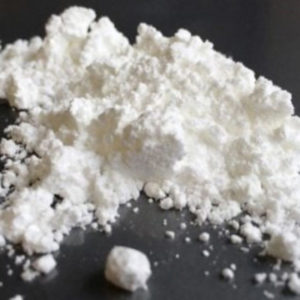
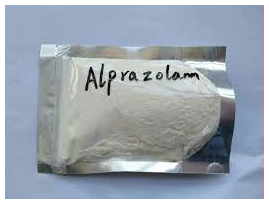
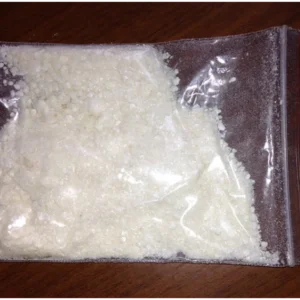
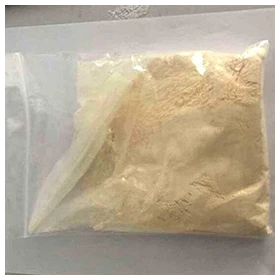
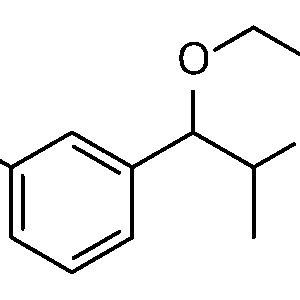
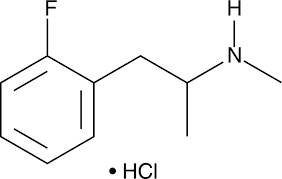
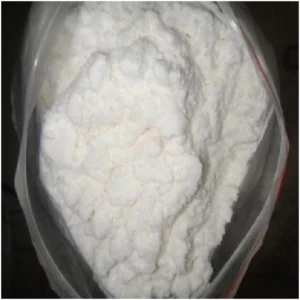
Reviews
There are no reviews yet.